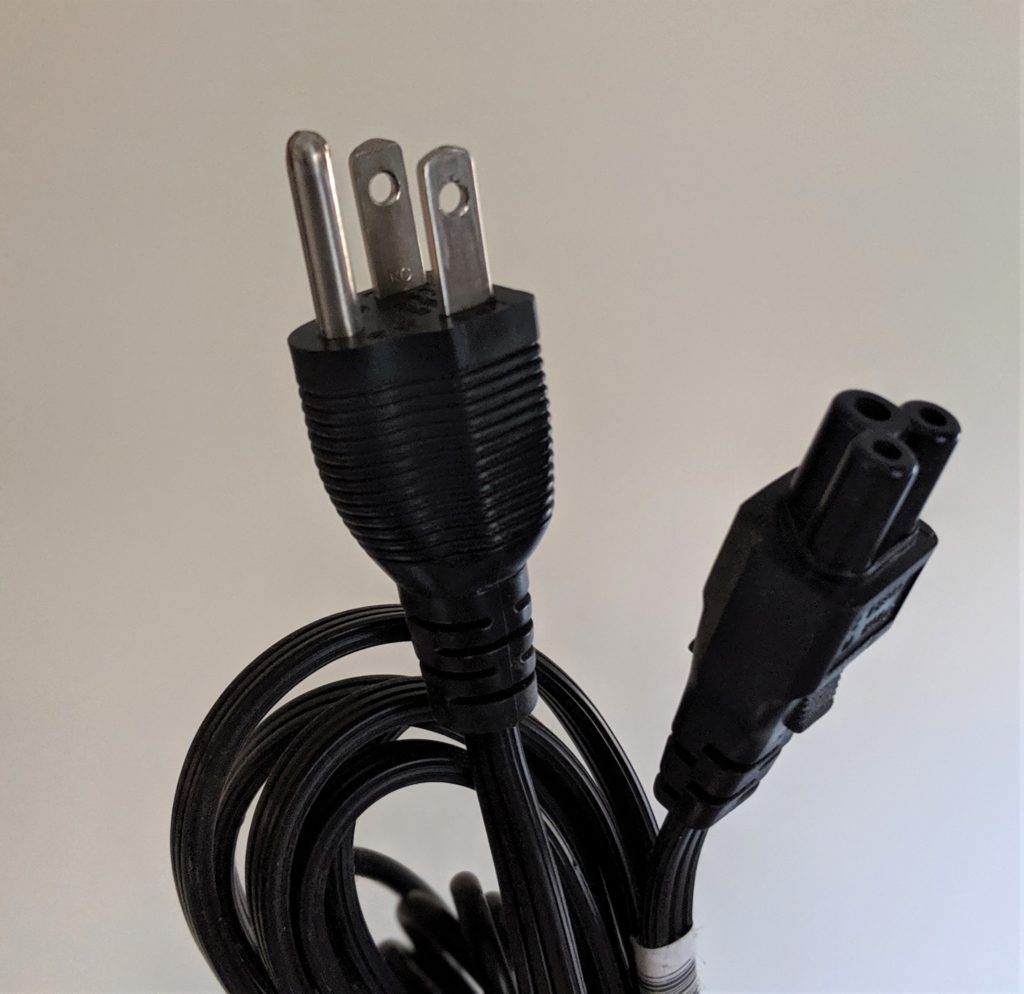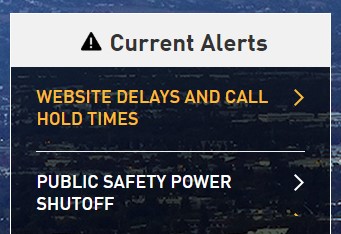Someone at Pacific Gas and Electric (PG&E) came up with a brilliant idea: rather than causing or contributing to damaging fires when the weather turns dry and windy, they will shut off power to over 800,000 of its customers. For how long? They don’t know—it might “only” be 24 hours—but it could be longer. Plan for it to be off for several days, they said.
When would this occur? Well, aside from now, every time the wind picks up and the area is dry. In other words, often.
Whoever thought that was a good idea has lost a substantial number of gray matter cells from his or her cortex. California governor Gavin Newsom said that the affected people “should be outraged. They should be infuriated by this.”

Let’s look at the perils of turning off power. First, many people run medical devices, from respiratory equipment to CPAP machines. In some cities, water pumps are controlled by electricity. In all cities, refrigerators and freezers are run by electricity—some people have life-saving medicine, like insulin, that requires refrigeration at specific temperatures. Insulin isn’t cheap—you can have $3000 worth of the drug in your fridge, like my mother used to have.
Many hot water heaters use a piezoelectric starter that makes a spark to ignite the natural gas to heat the water. In some cases, toilets need power to flush. Cell phones can’t be charged. Internet and wireline telephones won’t work. If you own an electric vehicle—which PG&E has encouraged—you’re out of luck. You won’t be going anywhere. Your security system? Inoperable. Air conditioning? Nope. But no worries, the temperature has “only” been about 85-90.
If this is the best solution that PG&E, one of the largest power providers in the United States, can come up with, they need new leadership.
But let’s step back for a moment. Let’s say that shutting off power for days at a time was a good idea, well thought-out, and done in the best interests of its customers in mind. After all, they gave us months to prepare for this scenario. Oh wait. They didn’t. They gave us weeks. Oops—they didn’t do that either. They gave us several days. But they didn’t do that either. They gave us two days. Yep, two days.
Governor Newsom said that he “anticipated (this would happen) many months ago.” If this is true, shame on the governor for not making it well known–and to help prepare Northern Californians for what was likely to come–let alone urging PG&E to find a more palatable and sensible solution (more on that below).
As word spread yesterday–and with the power due to be shut at midnight–people went to the PG&E website to obtain information, status updates, and to get a look at the anticipated outage map to see if they lived in the affected areas. But the website was so overwhelmed with traffic that it would not load. PG&E apologized and said they were working on it. After all, shutting off everyone’s power takes a lot of time and effort—what resources are left to run their website?
People rushed to Home Depot to buy generators—but without advance notice that this was coming, the chain could not order sufficient stock for thousands of people.

you were unable to load the website)
Friends who were still at work or out of town for the day were texting one another to find out if the power had gone out in their neighborhoods. They had to make alternative plans in case they couldn’t get back in time and their dogs were left in the dark, potentially in hot houses where the air conditioning would not come on. Businesses and nonprofits were scrambling to purchase expensive generators–and finding electricians to wire them in properly.
A friend of mine said he believed that PG&E was taking this drastic action because its insurers would only indemnify them up to a certain amount in the event of a catastrophic fire caused by a downed power line. He might be right, in which case PG&E’s true long-term solution would be to bury their overhead lines underground—as they have done in many areas. The state could provide low interest financing as they completed this project neighborhood by neighborhood, grid by grid. In the long run, this would save PG&E a great deal of money in insurance premiums and the maintenance required to constantly trim back trees to ensure branches don’t encroach on wires or poles.
For its part, PG&E says they “own this problem,” and that they have “failed our customers,” according to their press conference on October 10, 2019 at 6:20 PM. “We have to get better at this.” Experts predict a $2.6 billion loss to the economy, while critics charge that this is the result of PG&E mismanagement over decades of not properly spending to update their grid.

It’s a good thing I don’t pay much in property taxes—nor do I pay much in state taxes. Both of those statements are false, obviously. I live in California and I didn’t buy my home in 1950. My property taxes are high and my income taxes are among the highest in the country. I pay those premiums because California is a great place to live; the weather is pretty darn good year-round, the sights are awe-inspiring, and the multicultural flavor is everywhere. But I don’t call California home to live in a place without running water, electricity, refrigeration, and hot water.
